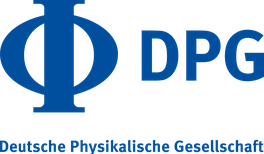
Molecular Quantum Cellular Automata (m-QCA) offers a new paradigm in which information can be encoded using special geometrical arrangements of charges within one of the m-QCA cell and transmitted by cell-cell interaction between nearest neighbors. In fact, m-QCA implementation relies on three basic assumptions (a) charge localization within the molecule, (b) switching between two possible electronic states and (c) electrostatic coupling between nearest-neighbors. Therefore, under those conditions, functionality of m-QCA implies a complex relationship between quantum mechanical effects, such as electron transfer (ET) processes within the molecule, and electrostatic interactions between cells. Fundamental questions about the impact of structural distortions of individual m-QCA are addressed and allowing us to formulate a response function in which the geometry of the system and the ET coupling are used as effective parameters. Our study indicates that even small changes in the original geometry of the system have a dramatic impact on the cell response and, therefore, changing the idea of the QCA-network implementation when is compared with the classical paradigm.

Molecular Quantum Cellular Automata (m-QCA) offers a new paradigm in which information can be encoded using special geometrical arrangements of charges within one of the m-QCA cell and transmitted by cell-cell interaction between nearest neighbors. In fact, m-QCA implementation relies on three basic assumptions (a) charge localization within the molecule, (b) switching between two possible electronic states and (c) electrostatic coupling between nearest-neighbors. Therefore, under those conditions, functionality of m-QCA implies a complex relationship between quantum mechanical effects, such as electron transfer (ET) processes within the molecule, and electrostatic interactions between cells. Fundamental questions about the impact of structural distortions of individual m-QCA are addressed and allowing us to formulate a response function in which the geometry of the system and the ET coupling are used as effective parameters. Our study indicates that even small changes in the original geometry of the system have a dramatic impact on the cell response and, therefore, changing the idea of the QCA-network implementation when is compared with the classical paradigm.